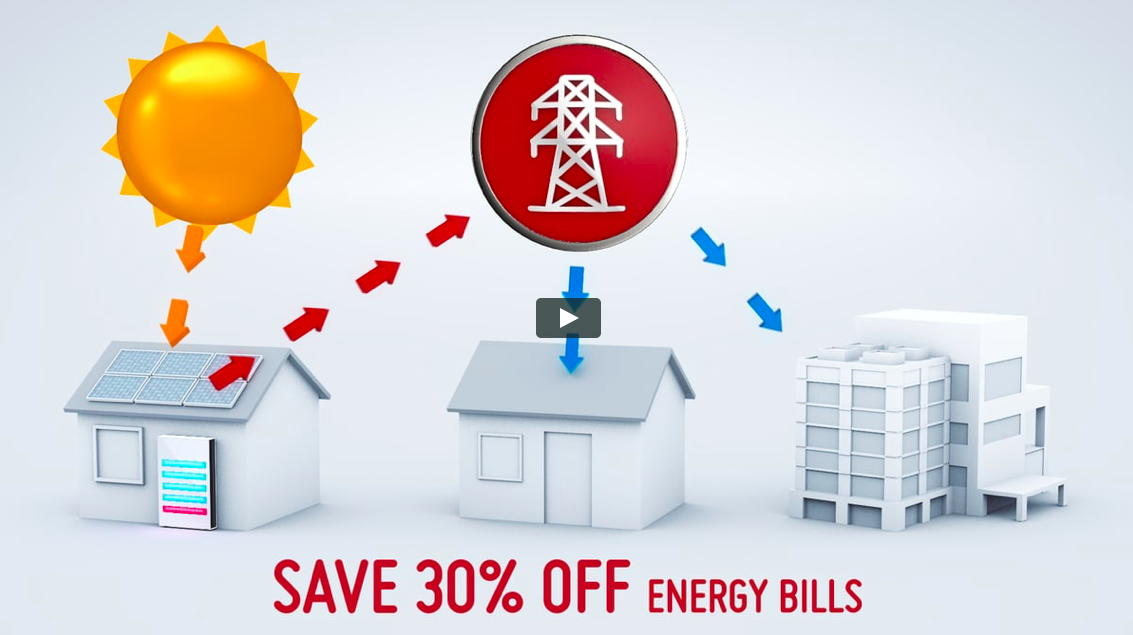Eight months after launching the second phase of South Australia’s virtual power plant (VPP), the state government is looking to deliver the project’s final phase. With more than 1,100 SA households now signed up to the program, the VPP is already delivering affordable electricity to some of the most disadvantaged households whilst increasing the reliability of the state’s electricity network.
“Households participating in the Phase 2 trial are charged electricity rates more than 20 per cent better than the Default Market Offer introduced on 1 July 2019,” said Minister Dan van Holst Pellekaan. “Tesla is regularly reviewing and benchmarking the VPP Program Offer to ensure the program continues to deliver the savings promised to customers and that the VPP Program Offer is the best published retail offer in the South Australian market.”
Touted as the world’s largest deployment of residential solar+storage in the form of a VPP, the SA project was unveiled last year under the previous Labor government. Although the Liberal Party initially opposed the VPP plans and instead promoted the idea of a home battery subsidy scheme during its election campaign, the SA Liberal government has moved both projects forward.
The government launched its $100 million Home Battery Scheme in October to subsidize the cost of buying a home energy storage system for up to 40,000 South Australian households. Meanwhile, the Tesla VPP completed Phase one, the trial phase, which saw 5 kW/13.5 kWh rooftop solar+storage (respectively) systems provided to Housing Trust (state/social housing) properties for no cost on an opt-in basis.
According to the state government, the results from the first 100 batteries demonstrated the success of the concept with households seeing their grid consumption reduced by more than 70%, leading to lower power bills. In Phase 2, the project welcomed a new partner on board, community-based retailer Energy Locals, towards the goal to deliver rooftop solar and a Tesla Powerwall 2 battery to 1,000 low income households. The SA VPP trial phases have been supported by a $2 million grant and $20 million loan from the South Australian Renewable Technology Fund.
“Results from Phase 1 and Phase 2 are already contributing towards the design of the potential Phase 3 to enable as many families as possible to benefit from this program,” said van Holst Pellekaan. “In particular smaller 5kW solar systems are already being trialled to allow for more properties with smaller roofs or other physical constraints to be included.”
As South Australia moves towards its 100% renewable energy target by 2030, the 250 MW Tesla VPP is set to assume a major role in the future energy system, alongside similar schemes managed by AGL and Simply Energy. The SA VPP intends to be part of the Australian Energy Market Operator’s Virtual Power Plant Demonstrations starting in late July, which will explore the operational capabilities of VPPs to deliver energy and frequency control ancillary services and seek to pave the way to smooth integration of VPPs before they reach commercial scale.
“The VPP demonstrations will provide evidence-based learning towards the integration of distributed energy resources to unlock scalable consumer value and power system reliability and security in the National Electricity Market,” said AEMO’s Emerging Markets and Services General Manager, Violette Mouchaileh.
This content is protected by copyright and may not be reused. If you want to cooperate with us and would like to reuse some of our content, please contact: editors@pv-magazine.com.









3 comments
By submitting this form you agree to pv magazine using your data for the purposes of publishing your comment.
Your personal data will only be disclosed or otherwise transmitted to third parties for the purposes of spam filtering or if this is necessary for technical maintenance of the website. Any other transfer to third parties will not take place unless this is justified on the basis of applicable data protection regulations or if pv magazine is legally obliged to do so.
You may revoke this consent at any time with effect for the future, in which case your personal data will be deleted immediately. Otherwise, your data will be deleted if pv magazine has processed your request or the purpose of data storage is fulfilled.
Further information on data privacy can be found in our Data Protection Policy.